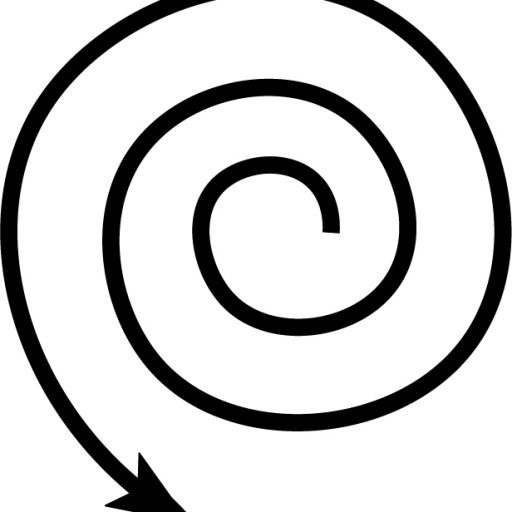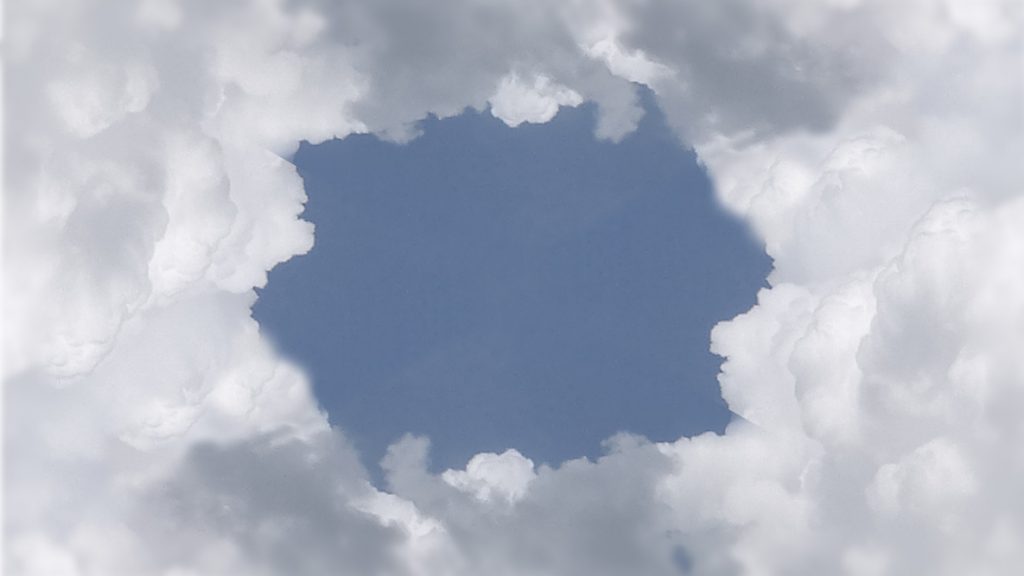Deviations at the USPA?
Chapter 3 and Afterword
USPA Notification of Safety Issues at Skydive Chesapeake
If Harris had sent the outline as he said, he could not have explained things as I would have. On April 13th I sent an email to Ron Bell, United States Parachute Association Director of Safety and Training. Attached to the email was a letter that provided that context. This was the contact with the USPA that Harris was referring to in the April 30th phone call that established me as a whistle blower. (If he hadn’t falsely claimed to have sent my concerns to the USPA, that contact would have happened differently.)
With what happened on March 20th and the following Saturday it became clear that I was being treated as a whistle blower. That was never my intention but once that had been established it had to be coldly accepted. The reprisals have done damage and continue to do so.
Response From the Local S&TA
John Williams, who was Skydive Chesapeake’s S&TA at the time, went to their Safety Day on April 3. If I hadn’t sent the outline to him eleven days before he wouldn’t have known that they were operating with more jumpers than available seat belts. In a phone call on April 2nd he said to me operating with fewer seat belts than occupants was a violation of Federal Aviation Regulation § 91.107 (a) (3) - - Use of safety belts, shoulder harnesses, and child restraint systems.
The next day he told Harris and Derbak the same thing. They had been caught, but without consequence. At the presentation on Safety Day the assembly was told that from that day forward they would not fly with more than eight jumpers. I don’t know if the zero tolerance policy for sexual assault was offered by the same presenter.
Response From the National Office
Throughout early and mid-April Mr. Bell was unavailable so my “case” was heard by Shauna Finley, USPA’s Eastern Region Director. She agreed that if I had the facts right Harris’ and Derbak’s actions were corrupt. When Bell read my letter and after he heard my side of the story he too was sympathetic. But he and Finley also repeatedly pointed out that if Harris and Derbak didn’t want my business, for any reason, they didn’t have to let me jump there. In fact, each time the question of what was ethically right was put to either of them, that was their ultimate answer.
No Follow-Up
Vindication about the seat belts wasn’t acknowledged by Bell or Finley.
The USPA’s Group Membership Manual includes the “Group Member Pledge”. The first bullet point says that the Group Member pledges to comply with the Federal Aviation Regulations. Seat belts for everyone is one of them. Were they sanctioned or disciplined for breaking their pledge according to the USPA governance rules?
The question about overloading the aircraft hasn’t been answered by anyone either, although the pilot should have been able to resolve that question instantly. According to the USPA’s “Skydiving Aircraft OPERATIONS MANUAL” weight and balance is supposed to be calculated for every flight.
My outline included this table in which I calculated that the airplane was overloaded. If I’m right that is an extremely important matter particularly if the pilot hasn’t practiced engine out procedures. Did Finley or Bell determine that I was wrong and if so how?
Harris and Derbak must have offered an explanation other than reprisal for blowing a whistle that shouldn’t have been blown. What is it? I’m in the Eastern Region so Finley is my Regional Director too. I’d like to be able to refute what Harris might have said about me. Not for the purpose of allowing me to keep jumping at the drop zone I helped form, but for the sake of my reputation.
The Owner is His Own Safety Officer
In the mean time Ben Harris has been made Skydive Chesapeake’s Safety and Training Advisor!
According to the USPA’s web page on Safety and Training Advisors Regional Directors appoint the S&TAs who are selected by the drop zone owner. In section 1-4 4.A.1.a.: “Regional Directors”, USPA’s Governance Manual directs that the S&TA can only be the drop zone owner if no one else is available. There are several highly qualified individuals practically in residence at Skydive Chesapeake. Since there is proof that Harris’ and Derbak’s operation has violated at least one Federal Regulation and USPA’s Group Member Pledge, Harris’ recommendation for his own appointment should have been summarily rejected.
Potential conflicts of interest abound:
- After I informed John Williams, the previous Safety and Training Advisor, that the drop zone’s primary aircraft was occasionally loaded with more jumpers than seat belts, he insisted the practice stop. By then it had persisted for over four months. Now, Ben the Operator, who allowed pilots to violate regulations, is the S&TA. There’s plenty of evidence to support me about Harris’ and Derbak’s proclivities toward deviance. It’s the perfect example of why owners should not receive appointments to serve as their own safety officers. This particular one has demonstrated a willingness to violate the regulations and deviate from the USPA’s own guidelines.
- According to the web site, USPA Safety and Training Advisors are selected by drop zone owners and appointed by the Regional Director. The Governance Manual says selection of the S&TA is done "in consultation" with the owner. Either way the owner gets to choose. Safety is often, maybe always, the first thing to be neglected when expenses need to be cut. An owner who makes safety optional based on cost isn’t going to recommend a safety officer who deems it to be essential, regardless of cost, yet the appointment process for S&TAs allows the owner that choice.
- Mr. Bell and Ms Finley accrue status and income in direct proportion to their activities at USPA affiliate drop zones. Bell has taught courses at Skydive Chesapeake and presumably will continue to do so. Both have to get along with the managers and operators of drop zones. “Getting along” is the operative and subjective phrase when it comes to whether or not interests conflict.
- In the current system, many S&TAs have the same conflicts that Ron Bell and the Regional Director have. They are professionals that need drop zone owners for their livelihoods. If the S&TA disagrees with the owner about any particular safety concern or equipment deficiency, that isn’t addressed in a timely manner, he runs the risk of irritating his employer. Everyone knows why that that can be bad for the employee.
- Finley and Bell both know that a USPA member has blown the whistle on a USPA affiliated drop zone. Neither have told the whistle blower that he is wrong. In fact the last time I spoke to either of them was in May, 2021, the day before Bell met with Harris and Derbak at Skydive Chesapeake to discuss my concerns. Since then I have not heard a word.
That compelling article in the September, 2020 issue of “Parachutist” was titled, “September 10, 1995 - A Tragic Case of Normalization of Deviance”. The author is Jim Crouch, former USPA Director of Safety and Training. Ches Judy, another former S&T Director died in the crash that was the subject of the article. (John Judy, Ches’ son, is one of the most talented skydivers on the planet.) Shouldn’t the United States Parachute Association review its policies? If these practices have been normalized, the Deviation Spiral is turning in that organization as well.
Deviations at the USPA? Read More »



